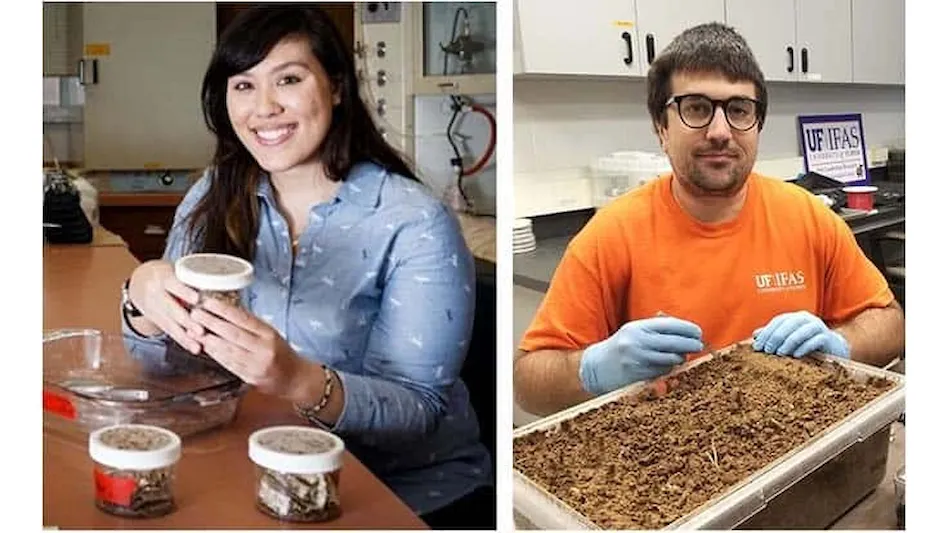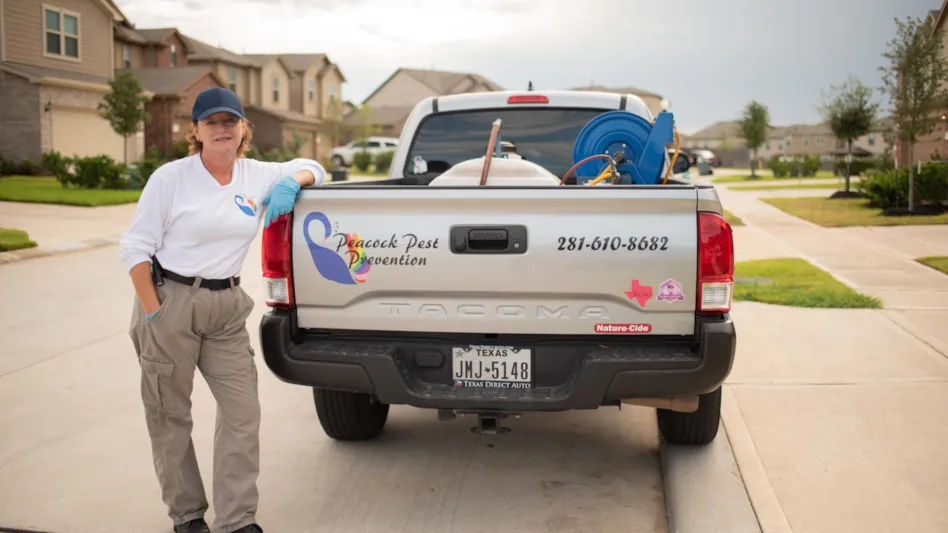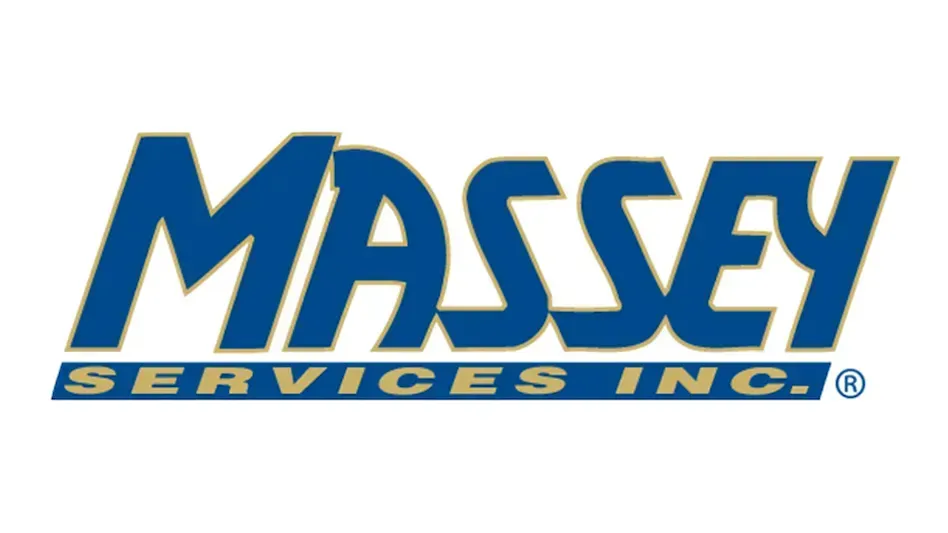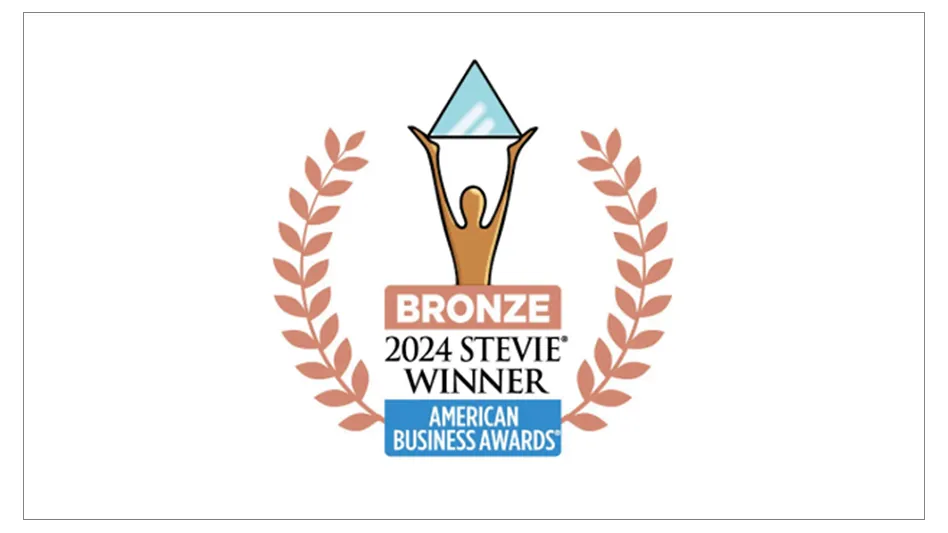
1. Why are polymers recommended?
The active ingredients in most of the chemicals we use are formulated with carriers to maintain shelf life and mixability. Those qualities generally result in a pesticide mixture that does not tolerate extreme conditions and tough application environments. Some companies have taken steps to engineer polymer-based adjuvants and microencapsulation technology right into the pesticide formulation. For many other pesticides, using an after-market polymer-based adjuvant drastically improves performance over a wide range of challenging situations.
2. Can you explain how polymer-based adjuvants work?
I will speak about our product, Strike Max Poly Max. This product is made with an ingredient that is a liquified version of what is in diapers. It is easy to imagine how much liquid diapers absorb. Strike Max Poly Max works the same way — once it is mixed in the spray tank with a pesticide, it absorbs that pesticide. Now the pesticide is enclosed within a protective gel-like bubble. That bubble helps the pesticide resist physical damage and adds a stickiness quality to it.
3. Can polymer-based adjuvants help when making treatments in extreme weather?
One of the biggest risks when treating outdoor applications is the loss of chemical due to rainfall and irrigation. Slow, steady rain is the most detrimental to pesticide rain fastness. When pesticides are applied with Strike Max Poly Max, that mixture is much more resistant to washing off.
Because of the thickening action and the improved uniformity of spray droplet size from the polymer, we see a reduction in drift. Wind can spread the application across a wider landing area, rendering the active ingredient concentration lower than desired on the target surface.
4. Do polymer-based adjuvants improve pesticide performance on porous surfaces?
Yes, we have had pest control technicians comment that Strike Max Poly Max enhances application efficacy on concrete, stucco, and wood surfaces. Typically, these types of surfaces will absorb the pesticide, preventing insects from coming into contact with the chemical, preventing the pest from succumbing to the effects. When a chemical is mixed with Strike Max Poly Max, it is protected from being absorbed into the surface, but improves movement into cracks and crevices where insects can hide. This action makes it much more impactful to the target pests.
5. What types of products would you recommend using a Strike Max Poly Max?
Polymer-based adjuvants would provide the most benefit when used with products that do not contain another polymer or microencapsulation in the formulation. We have seen a dramatic improvement in the longevity of synthetic and natural products with Strike Max Poly Max. Always consult the label of your pesticide before adding any adjuvant.
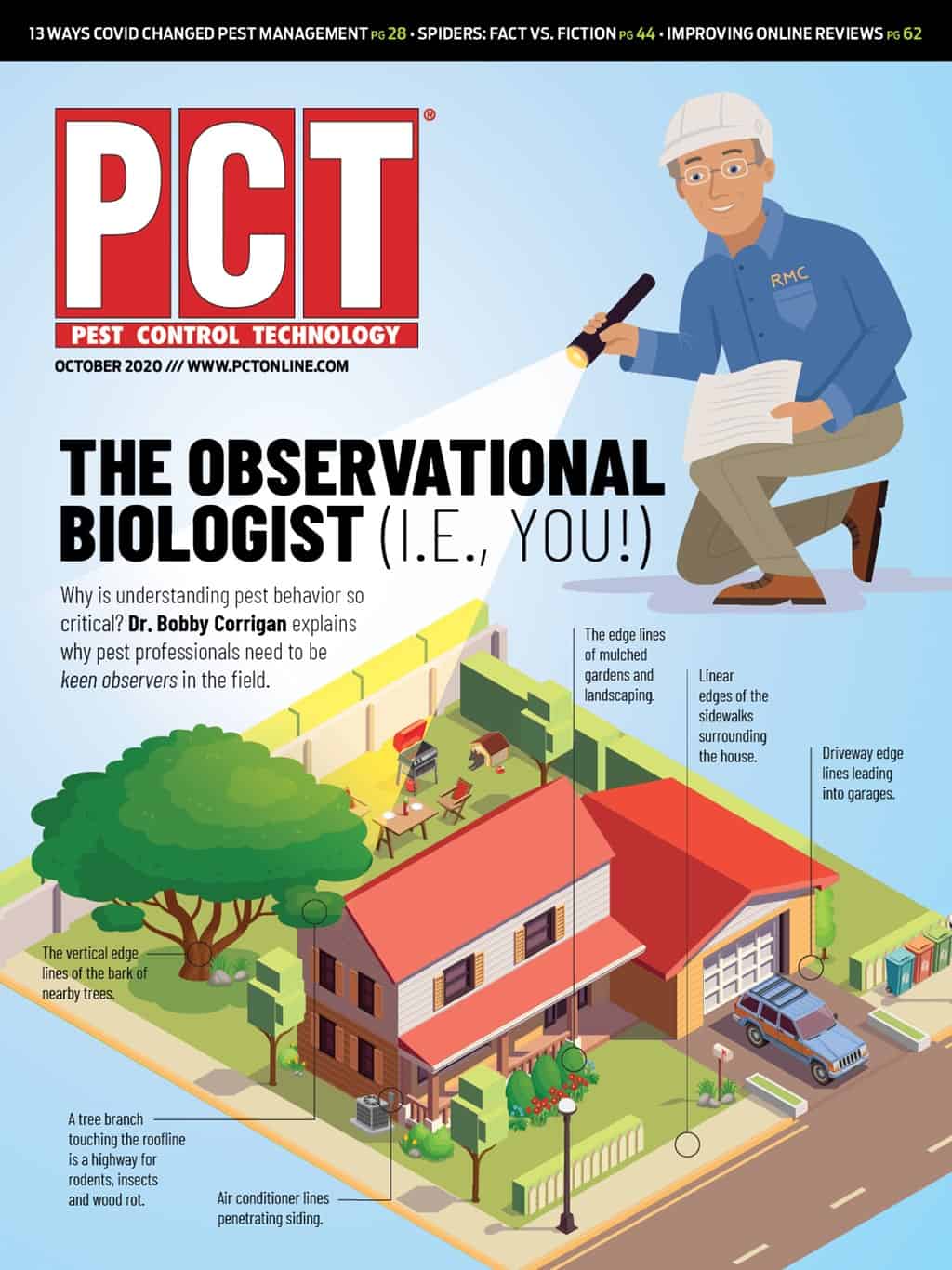
Explore the October 2020 Issue
Check out more from this issue and find you next story to read.
Latest from Pest Control Technology
- PCO Follows the Carpenter Bee Clues
- Bird Control Can Be Lucrative, But it’s Not for Every Company, PCOs Report
- Gerry Wegner on the New PCT Field Guide to Stinging and Biting Arthropods
- PCO Bookkeepers & M&A Specialists Recognize Pinnacle Performance Award Winners
- Ground Control
- Scientists, PMPs Collaborating to Map Termite Distribution in Southern U.S.
- Viking Pest Control Organizes a Charity Bike Build for Local Families
- Gaining Control of Structure-Infesting Carpenter Ants

